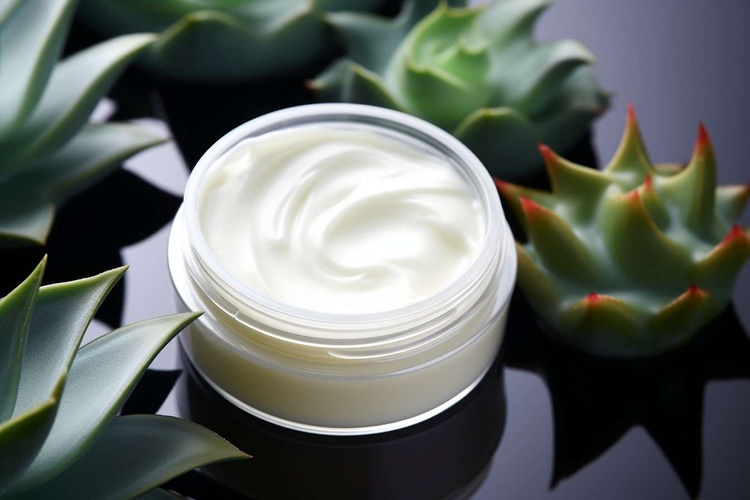The Evolution and Influence of Beauty Foods in Wellness Industry
The beauty and wellness industry has seen a significant shift in recent years, with a growing emphasis on holistic health and natural solutions. One of the most intriguing developments is the rise of beauty foods, a concept that intertwines nutrition and beauty in a unique and innovative way. This article delves into the historical context, current trends, and future implications of beauty foods in the wellness industry.
The Genesis of Beauty Foods
The concept of beauty foods is not entirely new. For centuries, various cultures have recognized the connection between diet and appearance. Ancient Egyptians, for instance, consumed foods like honey and almonds, known for their skin-enhancing properties. In the East, traditional Chinese medicine has long advocated for the use of certain foods to promote a youthful appearance.
However, it wasn’t until the 21st century that the concept of beauty foods began to gain traction in the mainstream wellness industry. This can be attributed to the growing consumer awareness about the impact of diet on overall health and appearance, coupled with the increasing demand for natural and holistic beauty solutions.
Current Trends in Beauty Foods
Today, the beauty foods sector is a vibrant and rapidly evolving part of the wellness industry. A key trend is the rise of functional foods and beverages that are fortified with beauty-enhancing ingredients. These include collagen-infused drinks, antioxidant-rich snacks, and probiotic yogurts that promise to improve skin health from within.
Another trend is the growing popularity of plant-based beauty foods. As more consumers embrace veganism and vegetarianism, there’s a rising demand for plant-based alternatives that offer beauty benefits. Foods like avocados, berries, and leafy greens, known for their high nutrient content, are being hailed as beauty superfoods.
The Impact of Beauty Foods on the Market
The rise of beauty foods has had a profound impact on the wellness industry. It has led to the emergence of a new market segment, often referred to as ‘nutricosmetics’ or ‘edible beauty’. According to market research, the global nutricosmetics market is expected to reach $7.93 billion by 2025, indicating the immense potential of this sector.
Moreover, the trend has also influenced product development and marketing strategies in the beauty and food industries. Many brands are now incorporating beauty-enhancing ingredients into their products and highlighting these benefits in their marketing campaigns.
The Science Behind Beauty Foods
The premise of beauty foods is backed by scientific evidence. Numerous studies have shown that certain nutrients can improve skin health and slow down the aging process. For instance, antioxidants like vitamins C and E can protect the skin from oxidative stress, while omega-3 fatty acids can help maintain skin elasticity.
However, it’s important to note that beauty foods are not a magic bullet for flawless skin. They should be part of a balanced diet and healthy lifestyle, along with regular skincare and exercise.
The Future of Beauty Foods
Looking ahead, the future of beauty foods looks promising. As consumers continue to seek natural and holistic solutions, the demand for beauty foods is likely to grow. Furthermore, advancements in food technology and nutritional science could lead to the development of more effective and personalized beauty food products.
In conclusion, beauty foods represent a fascinating intersection of nutrition and beauty. They reflect the evolving consumer mindset that views health and beauty as interconnected aspects of wellness. As this trend continues to evolve, it will undoubtedly shape the future of the wellness industry.






